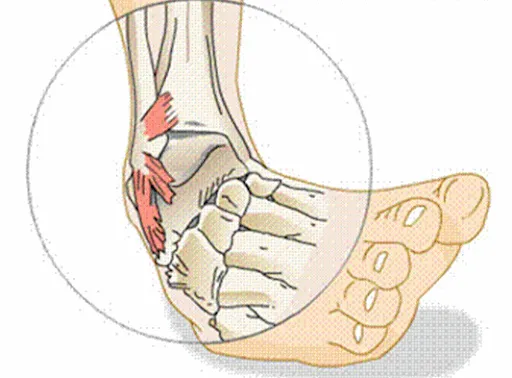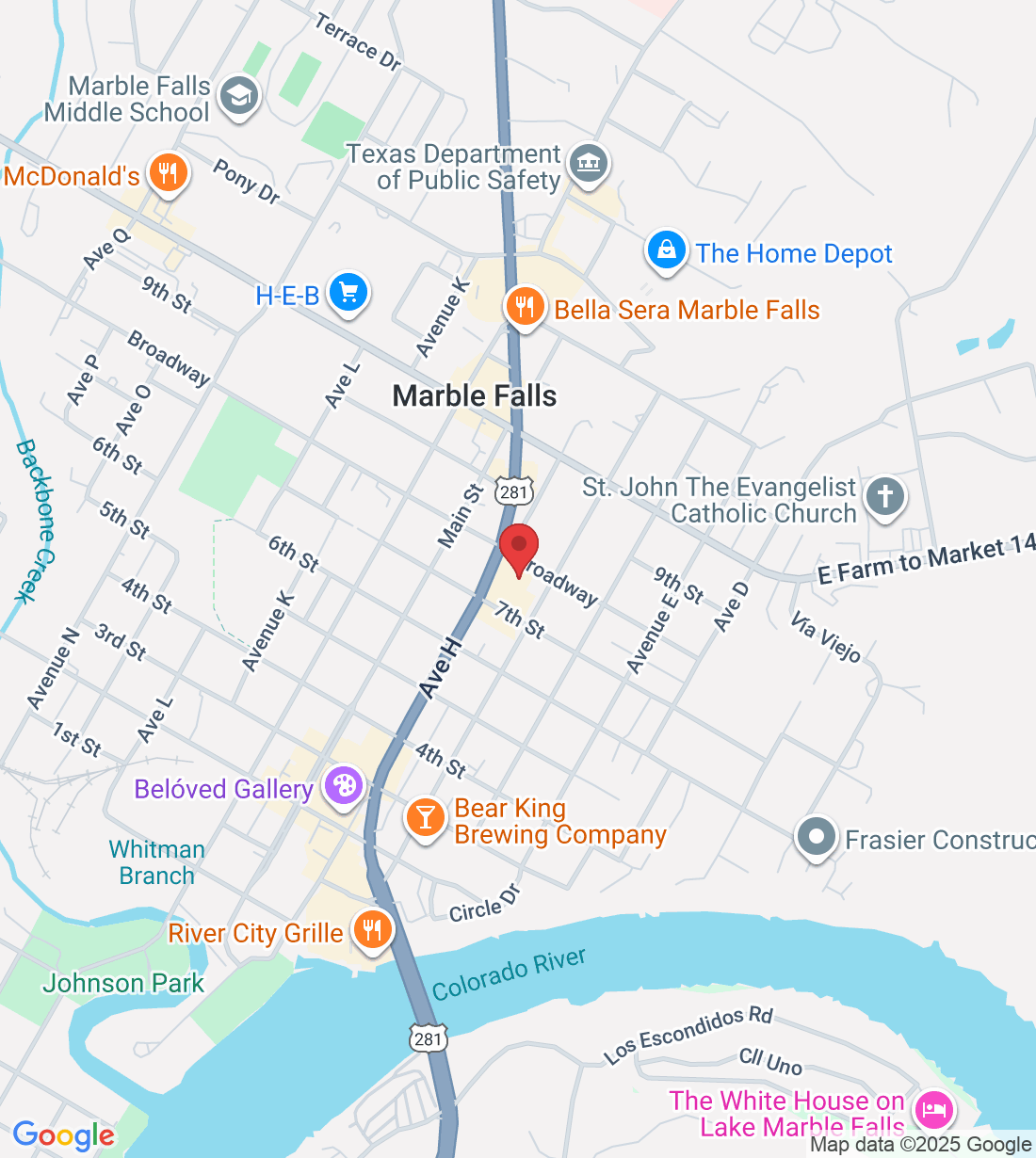Tips & Advice From Dr Frank Henry, DPM - Marble Falls

Ankle Sprains: From RICE to Recovery
Ankle sprains are a common injury, often sidelining athletes and active individuals. That sudden twist or roll of the ankle can be painful and debilitating. The good news is, most ankle sprains can be effectively treated without surgery. Let's explore the non-surgical paths to recovery.
Understanding Ankle Sprains
Ankle sprains occur when the ligaments that connect the bones in your ankle are stretched or torn. Ligaments are tough bands of tissue that provide stability to the joint. Sprains are graded based on the severity of the ligament damage:
Grade 1: Mild sprain with some stretching or microscopic tearing of the ligament.
Grade 2: Moderate sprain with partial tearing of the ligament.
Grade 3: Severe sprain with a complete tear of the ligament.
RICE: Your First Line of Defense
For any ankle sprain, the RICE method is your initial go-to treatment:
Rest: Avoid putting weight on the injured ankle. Use crutches or a walking boot if necessary.
Ice: Apply ice packs to the injured area for 15-20 minutes at a time, several times a day. This helps reduce pain and swelling.
Compression: Wrap the ankle with a compression bandage to minimize swelling. Be careful not to wrap it too tightly.
Elevation: Elevate the ankle above your heart to further reduce swelling.
Ankle sprains can severely disrupt your daily activities, causing pain and instability. A tailored treatment plan is essential for a full and speedy recovery. Consider consulting with Frank Henry, DPM from Marble Falls, TX, for a comprehensive evaluation and to discuss a personalized treatment plan for your ankle sprain. This plan may include options such as bracing, physical therapy, or other targeted interventions designed to reduce pain, restore stability, and improve the range of motion in your ankle, allowing you to return to your normal activities with confidence.
Beyond RICE: Other Non-Surgical Treatments
While RICE is crucial in the initial stages, other non-surgical treatments play a vital role in recovery:
Physical Therapy: A physical therapist can guide you through exercises to restore range of motion, strength, and balance.
Bracing: Wearing an ankle brace can provide support and stability during the healing process and help prevent re-injury. The type of brace will depend on the severity of the sprain.
Manual Therapy: Techniques like joint mobilization can be used by a physical therapist to restore proper joint mechanics.
Proprioceptive Exercises: These exercises, which focus on balance and coordination, are essential for regaining ankle stability and preventing future sprains. Examples include standing on one leg or using a wobble board.
Recovery Timeline and Important Considerations:
Healing Time: The recovery time for an ankle sprain varies depending on the severity of the injury. A mild sprain may heal within a few weeks, while a severe sprain can take several months.
Gradual Return to Activity: It's crucial to gradually return to your normal activities. Don't rush back too quickly, as this can increase the risk of re-injury.
Preventing Future Sprains: Strengthening exercises, balance training, and wearing appropriate footwear can help prevent future ankle sprains.
When to See a Doctor:
While most ankle sprains can be treated at home, it's essential to see a doctor if:
You have severe pain and are unable to bear weight on your ankle.
You suspect a fracture or dislocation.
Your pain doesn't improve after a few days of home treatment.
You experience numbness or tingling in your foot.
Ankle sprains can be a setback, but with proper care and treatment, you can make a full recovery and get back to your active lifestyle.
If you have any questions, please feel free to contact our office located in Marble Falls, TX . We offer the newest diagnostic and treatment technologies for all your foot care needs.
Ask Dr Frank Henry, DPM - Marble Falls And His Team
Fill in the form to request a Call From Our Team
One of our team members will call you for FREE and answer any questions or concerns you may have about your condition




